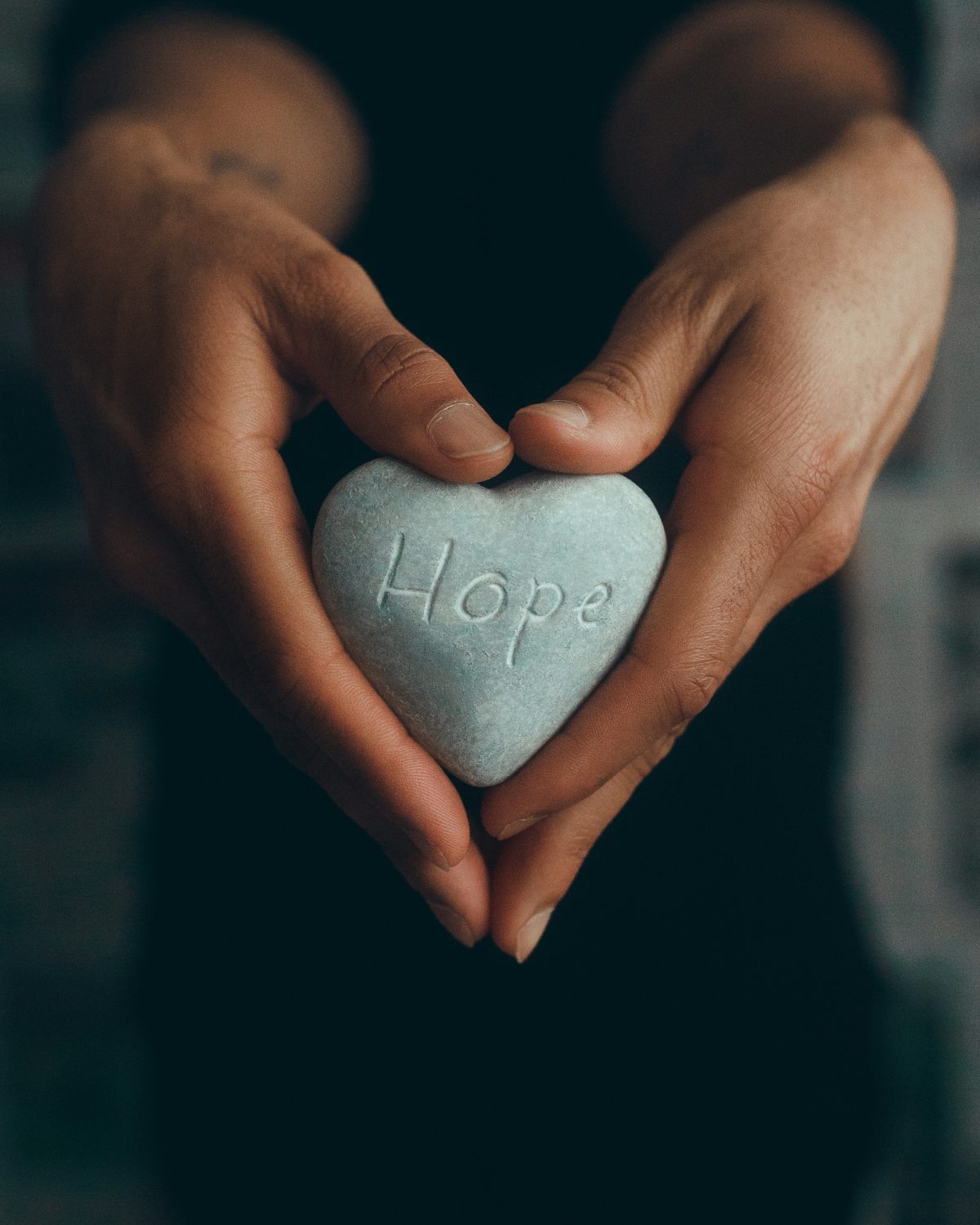Have you ever wondered why certain acts in a relationship that should feel loving leave you feeling uneasy or even degraded? Why does it sometimes seem like cruelty and affection exist on the same spectrum? When you’ve experienced intimate trauma, the line between love and cruelty can become blurred, and knowing the difference is crucial to healing. But here’s the good news: you have the ability to start recognizing the signs and taking control of your journey toward healthier, more loving relationships. In this article, we’ll dive into practical ways you can rebuild trust in yourself, spot red flags early, and establish boundaries that will help protect your peace.
Understanding the Difference: Cruelty vs. Loving Intimacy
You’ve likely heard the saying, “There’s a thin line between love and hate.” Love and cruelty can both feel intense and passionate, but how they affect you is starkly different.
- Loving Intimacy: This involves care, respect, and mutual support. It’s about creating a safe space where both individuals feel valued and uplifted. Example: A loving partner will ask you what you need after a stressful day, whether it’s space, a comforting hug, or time to decompress. They’ll respect your boundaries and support your emotional needs.
- Cruelty: This manifests through control and boundary violations, often in manipulative ways that can be mistaken for affection. Example: If someone regularly mocks your emotions or demands your attention after you’ve asked for space, their behavior can leave you feeling small or unsafe. These acts chip away at your self-worth.
Recognizing these differences is your first step in reclaiming control over your emotional well-being. You deserve a relationship that builds you up, not one that wears you down.
Why Trauma Confuses the Line Between Love and Cruelty
Trauma, especially from toxic relationships, can make cruelty feel like love. This confusion, known as trauma bonding, causes you to associate unhealthy behavior with affection, making it harder to see red flags. Periods of apology or affection mixed with cruelty reinforce a cycle that’s difficult to break. Over time, you may lose sight of what healthy love actually looks like.
Practical Steps to Forming Healthier Relationships
The good news is that you can break this cycle. With small, consistent changes, you can begin forming healthier relationships based on trust, respect, and real love. Here are practical ways to begin healing and strengthening your connections:
1. Redefine and Enforce Your Boundaries
When trauma has blurred your boundaries, regaining clarity is essential for protecting your emotional health.
- How To: Reflect on your past relationships and pinpoint moments when your boundaries were crossed. What made you uncomfortable? Write down behaviors that violate your boundaries, like emotional manipulation or ignoring your need for space. Practice asserting these boundaries in daily interactions. For example, if someone oversteps, firmly say, “I’m not comfortable with that,” and maintain your stance.
- Real-Life Example: Imagine a partner who respects your boundary of needing time alone after an argument, allowing you the space to process emotions. This contrasts with someone who pressures you for an immediate resolution, disregarding your needs.
2. Identify Red Flags Early
Being able to spot red flags can prevent you from getting trapped in another toxic relationship. Often, we overlook early warning signs because we don’t want to see them or because we’re unsure if our feelings are valid.
- How To: Trust your gut. If someone’s behavior leaves you feeling anxious or uncertain, pay attention. Do they ignore your boundaries or make you second-guess yourself? These are early indicators of control or manipulation.
- Real-Life Example: A partner who tries to dismiss your boundaries, makes fun of your feelings, or pressures you into things you’re not ready for is showing signs of cruelty, not love.
3. Prioritize Self-Care
Self-care is not just about pampering; it’s about reclaiming your autonomy and reinforcing your sense of self-worth. When you take time for yourself, you’re reminding yourself that your needs and well-being are important.
- How To: Begin incorporating self-care into your daily routine. Whether it’s journaling, meditating, or taking a quiet walk, these small acts will help you reconnect with yourself. By grounding yourself in self-care, you’re better equipped to recognize when a relationship isn’t serving you.
- Real-Life Example: If you journal about your day and notice recurring feelings of unease around a person, this can serve as a wake-up call to reevaluate the relationship. You’ll learn to trust your feelings and take action when something feels wrong.
4. Practice Trusting Your Instincts
After experiencing trauma, it can be hard to trust your gut feelings. You may second-guess your emotions, unsure whether you’re being overly sensitive or if something is genuinely wrong.
- How To: Start small by noticing how certain people and situations make you feel. If something feels off, don’t ignore it. Over time, you’ll strengthen your ability to listen to your instincts.
- Real-Life Example: When you meet someone new and feel uneasy after spending time with them, ask yourself why. Are they dismissive of your thoughts? Do they push you past your comfort zone? Don’t brush off these feelings—they’re clues that can help you avoid future heartache.
5. Restore Balance in Your Relationships
Healthy relationships are built on mutual respect and shared power. If you find that your voice isn’t being heard or that decisions are being made for you, it’s time to reclaim your autonomy.
- How To: In both new and established relationships, reflect on how power is distributed. Are you constantly compromising, or is there a balance? Practice speaking up for yourself and ensuring your preferences are taken into account.
- Real-Life Example: A relationship where both partners make decisions together—whether it’s choosing where to eat or planning activities—shows mutual respect. If you find yourself always going along with someone else’s plans without having a say, it’s time to reassert your needs.
Moving Forward with Confidence
Healing from intimate trauma is a process, but by taking these steps, you can regain control over your relationships and your sense of self. Loving intimacy should feel supportive, nurturing, and empowering—not degrading or controlling. The more you practice setting boundaries, trusting your instincts, and prioritizing self-care, the clearer the path to healthy love will become.
Practical Takeaways:
- Set clear boundaries: Define what behaviors you’re no longer willing to accept, and practice asserting these limits.
- Spot red flags early: Pay attention to how people treat your boundaries and whether their actions make you feel safe.
- Reclaim your autonomy through self-care: Establish a daily routine that reinforces your sense of worth.
- Restore balance: Make sure your relationships involve mutual respect and shared decision-making.
- Trust your instincts: Learn to recognize gut feelings as signals that guide you toward or away from certain people.
By investing in yourself and your healing, you can create the space to welcome true, loving intimacy into your life. Healthy love is possible, and you are worthy of it—right now, exactly as you are.










